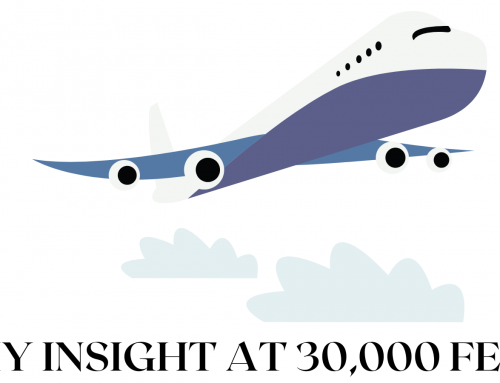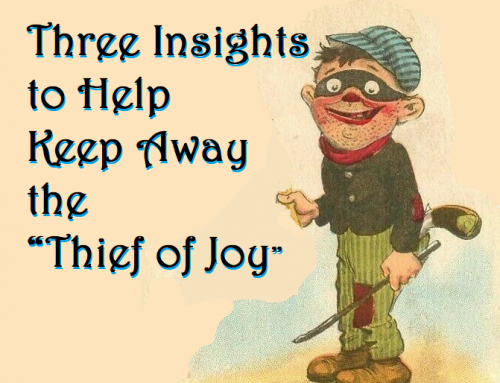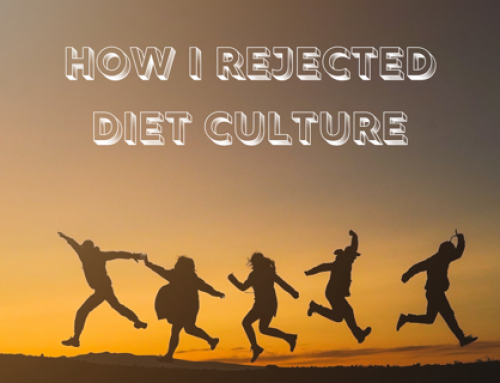Hallowe’en is almost upon us, a time that gives even grownups license to play dress up with masks, a time that encourages us to have some fun with those hidden parts of ourselves that most resemble our chosen costumes: someone dressed as a monster can play at being scary, while someone dressed as a humorous character can play with the sillier aspects of who they are. The purpose of such dress-up is to hide who we are, behind a facade showing an attitude of that which we wish others to see.
We don’t wear masks only on Hallowe’en, of course.
The masks we wear every day have become so familiar to us, however, that we oftentimes forget they are masks. And the people we interact with can’t tell the difference between masks and the actual person behind the facade.
Our everyday masks cover our insecurities, our shame, our feelings of disconnect. So focused are we on our own perceived shortcomings that we often forget that so many others are dealing with the same common issues, When we wear masks, we separate ourselves from the people around us, because we end up relating through our projected masks, not our truer selves. Living in the world behind a false face makes a mindful way of being almost impossible to achieve, since one of the main conditions for mindfulness is authenticity.
When reminded of this dynamic, some people are able to bravely put aside their masks, accept their own imperfections and vulnerabilities, and venture boldly into the world. And good for them.
But for those of us not yet ready to completely abandon the emotional protection a mask gives us, at least we can give some thought to the masks we choose to put on, and when–and when not–to wear them.
The take-away is that since we create the masks we wear, perhaps we might take a moment to imagine putting on a mask that has us pretending to be mindful, brave, open-hearted sources of light and love…
…And as we wear that exterior, we may just discover that we didn’t need a mask after all.





